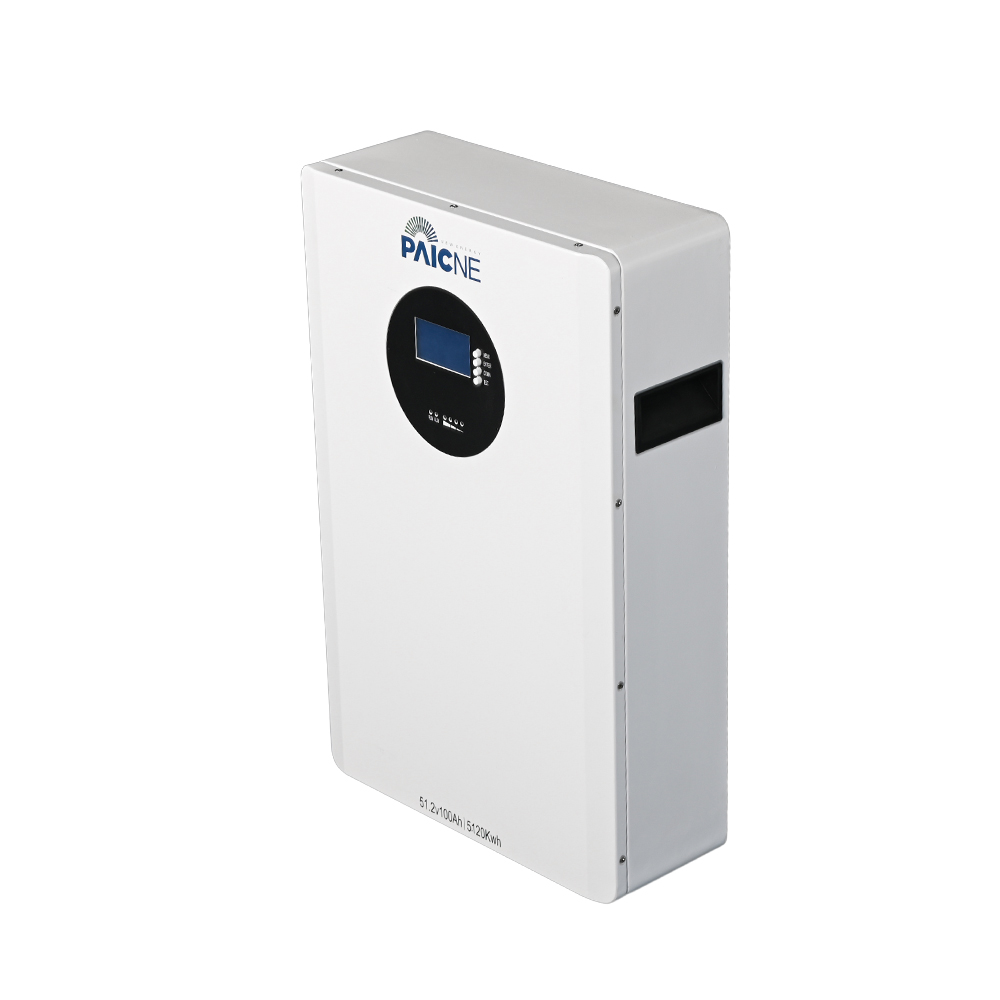Efficient heat dissipation is a critical aspect of any energy storage system, and Wall Mounted Battery units are no exception. Proper thermal management ensures the battery operates safely, maintains longevity, and delivers reliable performance. This article explores the typical cooling and heat dissipation design features incorporated into wall-mounted battery systems and explains why they are essential.

The Importance of Effective Heat Management
Batteries generate heat during charge and discharge cycles. If this heat is not properly managed, the battery can experience elevated internal temperatures, which may degrade cell chemistry, reduce overall lifespan, and in bad cases, cause safety hazards such as thermal runaway. For wall-mounted batteries, which are often installed in confined or enclosed spaces, managing heat is especially crucial to prevent overheating.
Passive Cooling Solutions
Many Wall Mounted Battery systems rely on passive cooling methods to dissipate heat effectively. This includes designing enclosures with ventilation slots or perforations strategically placed to promote natural airflow. The use of materials with good thermal conductivity, such as aluminum or coated steel, helps transfer heat away from internal components. Additionally, some enclosures incorporate heat sinks attached to battery cells or modules to enhance heat dissipation without requiring power consumption.
Active Cooling Technologies
In more demanding applications or larger capacity units, active cooling systems may be integrated. These can include small fans or blowers that circulate air within the enclosure to maintain a stable temperature range. Some advanced designs utilize liquid cooling loops or phase change materials to absorb and transfer heat away from battery cells. While active cooling increases complexity and cost, it can significantly improve safety and performance in high-power or continuous operation scenarios.
Thermal Sensors and Battery Management Systems
Modern Wall Mounted Battery solutions often come equipped with temperature sensors that monitor the internal environment continuously. These sensors feed data into the battery management system (BMS), which can adjust charging rates or activate cooling components to prevent overheating. Such real-time thermal management helps optimize performance and extends battery life by avoiding thermal stress.
Impact of Installation Environment on Cooling
The location where the Wall Mounted Battery is installed also affects its cooling efficiency. Installation in areas with sufficient ambient airflow or climate control aids in maintaining ideal operating temperatures. Conversely, placement in confined spaces without ventilation can hinder heat dissipation. Therefore, careful planning during installation is necessary to improve the battery’s thermal performance.
Design Considerations for Safety and Compliance
Thermal management is not only about performance but also safety. Many regulatory standards require batteries to meet specific temperature limits to avoid risks. Well-designed cooling systems help manufacturers comply with these standards, providing peace of mind for users and reducing liability concerns.
Conclusion
The heat dissipation and cooling design of a Wall Mounted Battery are fundamental to its safe and efficient operation. By combining passive and active cooling methods, incorporating thermal sensors, and considering installation environments, these battery systems can maintain suitable temperatures, prolong their lifespan, and ensure reliable performance. Understanding these design aspects helps users choose the right wall-mounted battery solution suited to their specific application needs.
Get to know quickly
We are a professional lithium iron phosphate battery, solar energy storage system, industrial and commercial energy storage system manufacturer.
 +86-133 3592 3377
+86-133 3592 3377
 +86-4008833583
+86-4008833583
 Email: [email protected]
Email: [email protected]

Copyright © Zhejiang Paichen Energy Storage Group Co., Ltd All Rights Reserved.
Battery Energy System Manufacturer
